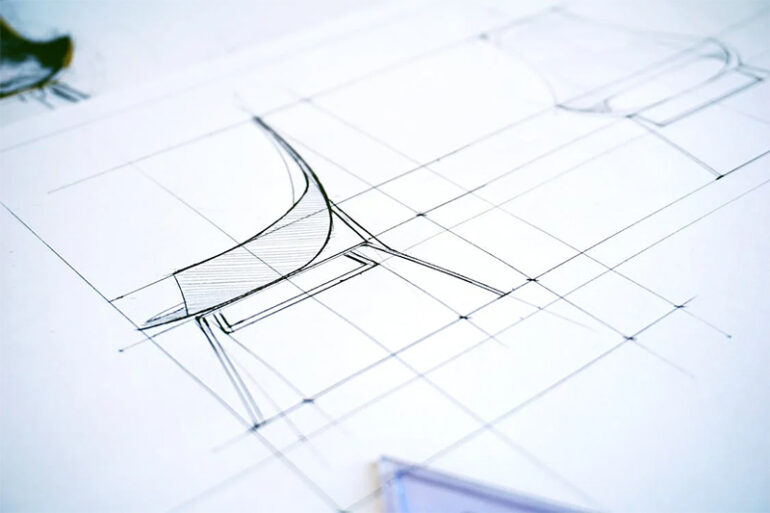From small, everyday objects such as chairs all the way up to complex models like the body of a car, industrial design can be found anywhere. This begs the question, what exactly is industrial design and how is it important? To put it simply, industrial design is a process that tries to condense all the essentials of one form and translate it into a shape that would lend comfort and functionality to its user. However, this short description of the design process can be deceiving because industrial design applies both art and science to achieve a well-designed and fully working product that is fit to be sold in the market.
History
The rise of industrial design is largely credited to Peter Behrens, a German architect during the 20th century. Behrens was said to be inspired by a movement called the Arts and Crafts movement and William Morris an English poet and designer of the 19th century. Industrial design got its start by drafting and prototyping appliances. It is worth noting that industrial design is not limited to only the design of a product, but also the materials being used, its strength, and its packaging. Another lesser-known fact about the history of industrial design is that the business side of marketing and advertising is also a large part of the craft.
Process
Developing products through the lens of industrial design requires designers with a keen eye for even the slightest details. Without someone overlooking the whole operation, it is possible for companies to lose huge amounts of revenue due to small mistakes such as a simple mold being manufactured just a few centimeters smaller than desired. Illustrating the importance of industrial designers and engineers starting from the design stage, assembly line, and up until the product reaches the shelves.
Subcategories
There is a wide range of industrial design each with a different focus in mind, take for example, experimental design. Experimental design from the name itself is engrossed in finding new and different ways of innovating already existing forms and designs and turning them into a more interesting or practical shape. On the other hand, commercial design is what is most commonly associated with industrial design. This type of design is focused on creating for the mass market, and avoiding any change that is too radical, and with this type, the main goal is to create a design that is easily understood by consumers and something that will garner the most profit. Although this is just a short list, these two types are the most commonly found in the field.
Before the introduction of industrial design, there were no systems in place for designing products. However, with the introduction of industrial design, it began to mold and shape consumer design as it is known today. Without it, it is possible that the market would be filled with products that lean toward only functionality or only aesthetics. Since its birth, there has been a delicate balance struck between both functionality and aesthetic. And making sure that consumers will never have to sacrifice one for the other again.
Photo Attribution:
1st and 2nd image by https://www.pexels.com/photo/close-up-of-a-cable-car-323645/ 2nd image by https://www.pexels.com/photo/white-and-red-mini-cooper-countryman-2127037/

